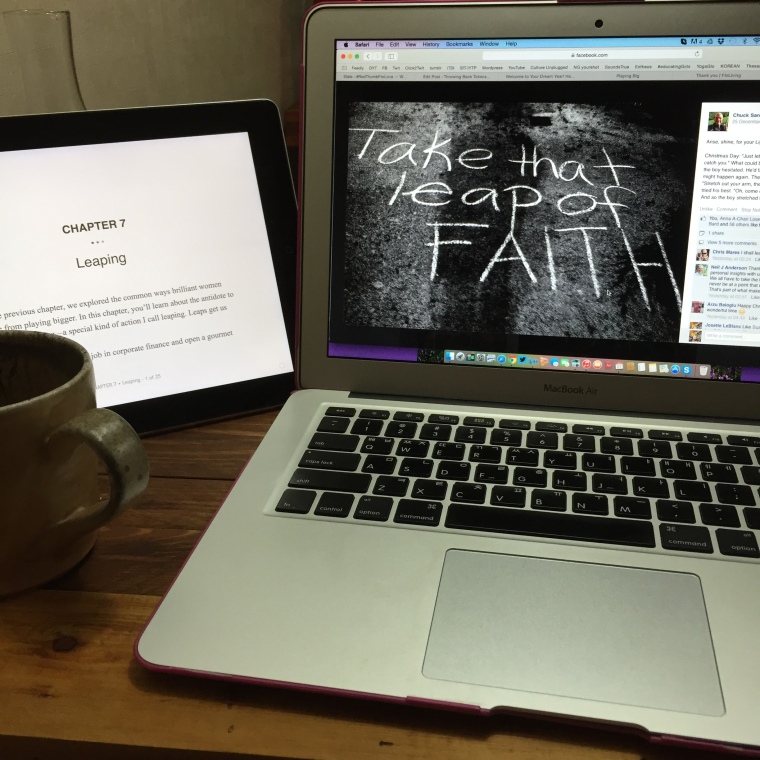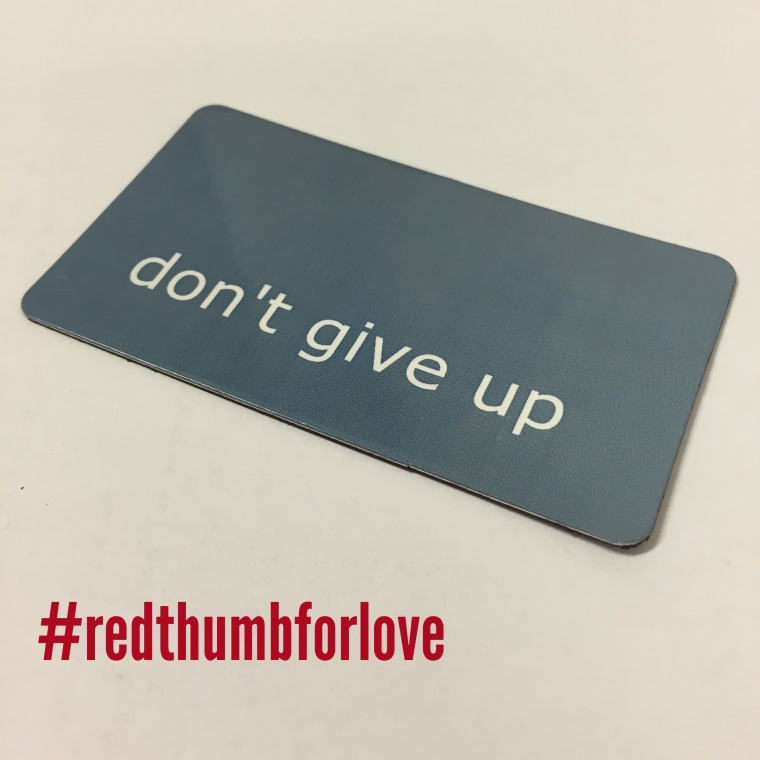A few years back, a colleague and I were asked by our director to write material for a potential teacher-training course. It was going to take a lot of our time and energy, but we were excited about what we could come up with. At one point I mentioned we should credit it, “created and developed by Josette and (insert colleague’s name).” He winced and said something along the lines that he wasn’t in it for the recognition.
I get it. The ego is a strange beast. But at what point are you standing up for your voice, — for your good work — and at what point are you stroking your ego’s pride? What I heard my colleague say is that there is a link between putting our names on our work and being egotistical; I heard that playing big and celebrating my voice is something to wince at; I also heard that it’s more acceptable to make myself small, or better yet, invisible.
Two questions came out of this: don’t we risk giving away our confidence, power, and self-trust by making ourselves small? And, why is recognition a bad thing anyway?
Making myself small
This has always been a challenging topic for me because there are so many mixed messages about what’s considered positive behavior around putting ourselves out there. It’s more acceptable for me to be modest, but if I’m too modest how am I going to stand out? It’s less egotistical to let someone else praise my work because if I talk about myself then I’m full of myself. So what if no one ever talks about my work? Am I just going to wait in the shade until that happens?
When I gave the first draft of my chapter to our editor (and prolific writer in her field), she sent it back saying I was giving too much credit to one of my references. She told me to rewrite a whole section by owning the work I had done with his work and by taking him out of that part of the equation. He wasn’t the one in my classroom experimenting with his ideas: I was. At that point, his work had become mine.
I was confused about how much credit I could take because I believed it wasn’t acceptable to shine. I thought it wasn’t my work to celebrate. The line between his work and mine was so blurred I couldn’t even see myself. It took longer than it probably should have because my confidence was put to the test, but I finally balanced out that equation.
Recognition vs. celebration
I understand why people cringe at the idea of recognition. I think it has to do with the intention behind it. Do I want to be recognized because I want to take a step up the ladder, not caring about what others think? Or would I like recognition (acknowledgment, appreciation) because I value connection and learning with others, especially in relation to my soul’s work?
One way I make sense of this idea of giving and taking credit is by putting myself in the position of the person who created the technique/activity/research I’m using. I imagine the hours they experimented, observed, and assessed their area of interest. I ask myself, “how would they feel if they read my work, saw themselves in it, but didn’t see any reference to themselves?” I imagine they would feel hurt and disappointed.
Maybe I’m influenced by Byongchan‘s work. When I see him labouring emotionally, creatively, and physically over his art so he can come up with a signature piece, I imagine the joy he might feel when it’s seen and celebrated for its beauty. I can’t speak for him, but I know I feel quite happy when others acknowledge his work.
You can substitute his work as an artist with any other creative endeavor, which I clearly connect to teaching. The joy of my craft comes from the process of creating what I feel called to and then sharing that creation. And while my sharing doesn’t guarantee it will be acknowledged — and I don’t do only to be acknowledged — there is a sense of encouragement that comes when my work is celebrated. It gives me the courage and energy to keep doing the work. Looking at it this way, it’s helpful to substitute recognition with celebration.
I understood my colleague’s intentions on that day. And maybe my ego was more in control than my gentle inner artist/teacher. Maybe that’s what he sensed. But as I look back on this moment, I now understand I’m not interested in lowering my voice or the voice of others for fear of being seen as egotistical. I want to celebrate the good work I do, as well as the good work I see around me. This is part of the way the world keeps evolving in a positive forward motion. As long as I’m in the business of creating and collaborating, I plan to give credit to the voices of my community. I’ll gladly take that credit as well.
To receive bi-weekly updates, sign up for my mailing list HERE.



